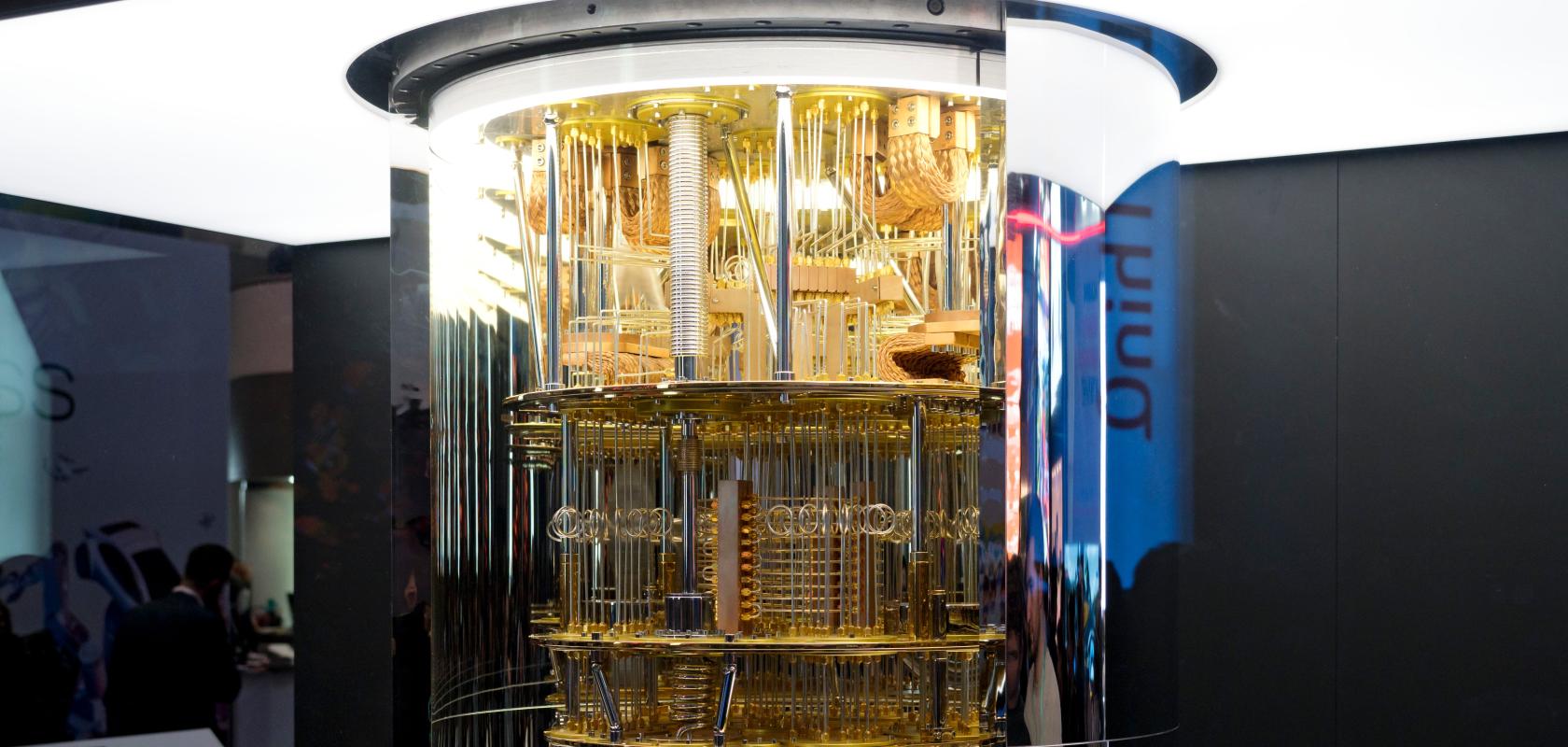Research conducted by a team of scientists from Paris, Rome and Naples could advance the development of quantum photonic technologies, for example for computing and communication.
The innovation involves the generation of orbital angular momentum (OAM)-based entangled states, which offers a ‘bridge’ between two key quantum technologies – OAMs and quantum dots.
Quantum technology research and development relies on the exploitation of quantum mechanical concepts, such as high-dimensional quantum states. To manipulate these states, scientists have turned to light, specifically a property called orbital angular momentum (OAM), which helps researchers understand how light twists and turns in space. However, creating bright single photons with OAM in a deterministic fashion has been a challenge for researchers up until now.
A team from Sapienza University of Rome, Paris-Saclay University, and University of Naples Federico II combined the features of OAM with those of quantum dots to create a bridge between two cutting-edge technologies. Their results were published in August in Advanced Photonics.
This bridge can be used for two goals. First, it can make pure single photons that are entangled within the OAM-polarisation space, which the researchers can count directly. Second, this bridge can also make pairs of photons that are strongly correlated in the quantum world. They're entangled, so that each single photon state cannot be described independently of the other, even when they're far apart. This is a critical development for quantum communication and encryption.
This new platform has the potential to create hybrid entanglement states both within and between particles, all belonging to high-dimensional Hilbert spaces. On the one hand, the team has achieved the generation of pure single photons, whose quantum states exhibit non-separability within the hybrid OAM-polarisation domain. By exploiting an almost deterministic quantum source in combination with a q-plate – a device capable of adjusting the OAM value based on single photon polarisation – the researchers can directly validate these states through single-photon counts, thereby avoiding the need for a heralding process and enhancing the rate of generation.
On the other hand, the team also employs the concept of indistinguishability within single photons as a resource to generate pairs of single photons that possess entanglement within the hybrid OAM-polarisation space.
“The proposed flexible scheme represents a step forward in high-dimensional multiphoton experiments, and it could provide an important platform for both fundamental investigations and quantum photonic applications,’ explained Professor Fabio Sciarrino, head of Quantum Information Lab in the Department of Physics of Sapienza University of Rome.
He added that the research represents a leap in the quest for better quantum technologies, opening exciting possibilities for quantum computing, communication, and much more.


